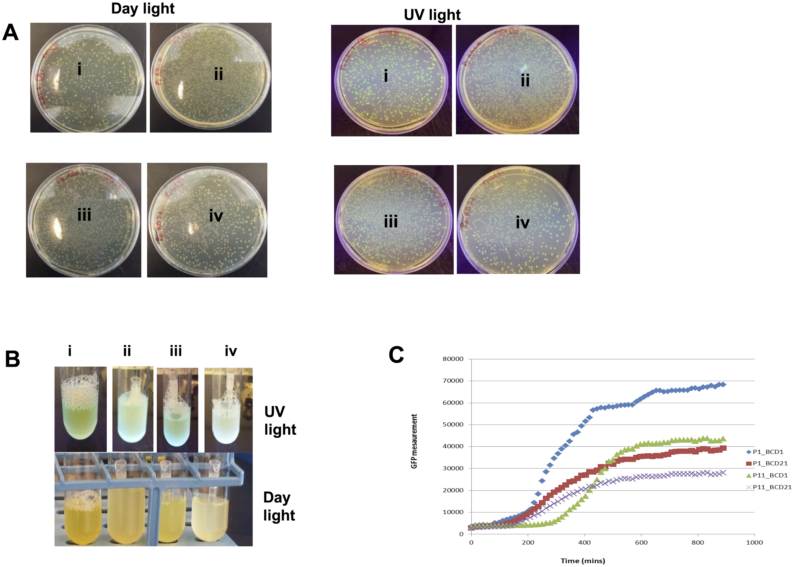The Science
Microfluidics chips are used to control the behavior and movement of fluids, as well as precise amounts of those fluids, to perform a variety of functions in very, very small systems. Microfluidics has become a common tool in many research disciplines because it allows researchers to perform a high number of tasks very quickly, using very small amounts of materials; increasing accuracy while decreasing time and cost. This is similar to a very sophisticated irrigation plumbing system that can deliver very specific amounts and combinations of water, pesticides and fertilizers to each of several different plants. An irrigation system would be measured in liters, and in this case, the microfluidics system would be measured on a scale 1 trillionth the size.
The automation is controlled by a computer program to drive the variables within a very tiny chip. These chips are time consuming and costly to develop, and they are typically designed to perform one specific task for one specific type of system. Scientists at JBEI, in collaboration with researchers from TeselaGen, have tested the ability to repurpose a chip for a uniquely different system from the one for which it had been originally designed.
The Impact
JBEI researchers were able to adapt a microfluidics chip by making a computer program to control the valves and the pumps of the chip to build artificial DNA, even though the chip had been originally made to make something different. This conclusion leads to the possibility that in the future microfluidics chips can be standardized to perform several different programmable functions for use in diverse research settings.
Summary
A major goal of the research being conducted at JBEI is to program organisms and their genes to create the components necessary to create high-quality biofuels and bioproducts. In order to do this, JBEI needs to create thousands of different genes every year. Doing this manually can take one researcher several weeks and a lot of expensive supplies to make a single gene. By being able to use a microfluidics chip, multiple genes can be produced at a single time in an automated fashion while significantly reducing the amounts, and therefore the costs, of supplies.
In this study researchers began with a chip originally designed to decontaminate the proteins that make DNA. The original chip was programmed to mix the protein with varying amounts and combinations of 16 different solutions that keep pH constant with an additional 16 solutions that cause solids to form. The JBEI and TeselaGen researchers then used the chip to mix varying amounts and combinations of 4 different types of DNA sequence instructions with a constant host, and additionally programmed the chip to be flushed with water for cleaning between the making of each combination.
This article is a plain language summary of the research paper:
Goyal G., Elsbree N., Fero M., Hillson N.J., Linshiz G. (2020) “Repurposing a microfluidic formulation device for automated DNA construction.” PLoS ONE 15(11). doi: 10.1371/journal.pone.0242157
